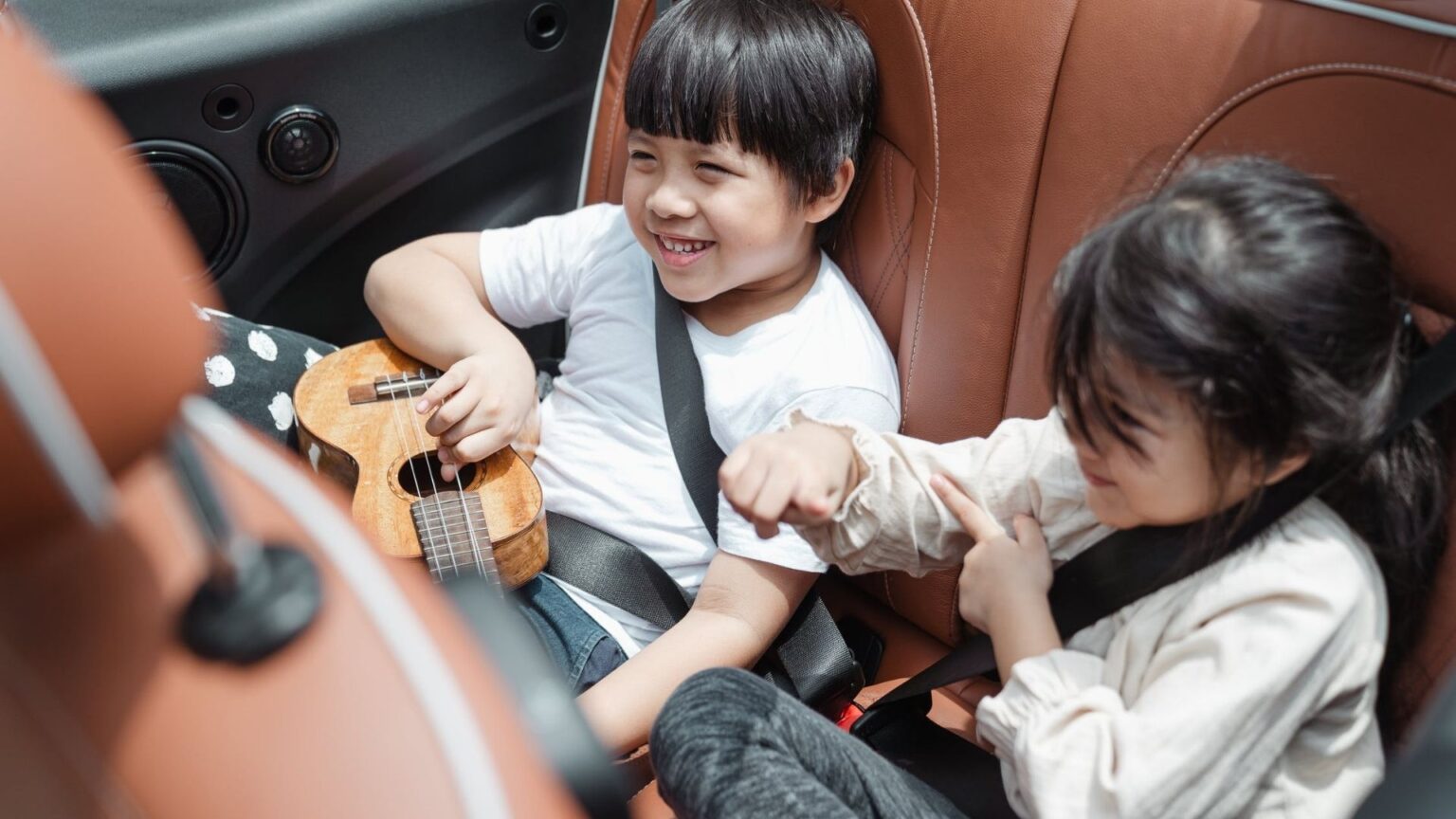Everyone has heard the expression “The boys will be boys”or to put it in good French, youth must pass to talk about all the behaviors that children and adolescents can have.
An old adage that we would like not to hear anymore because it trivializes and above all excuses the worst actions and the mean sexists.
The Global Boyhood Initiative, a project co-created by the Kering Foundation and the Equimundo organization, produced an inventory of young boys’ relationship with masculinity in Britain. It allows us to observe a certain persistence of stereotypes and their consequences, particularly in terms of mental health.
Violence, a norm in the childhood of children
How do you build yourself as a boy, during childhood, then adolescence, how do you become a man and, after all, what does it mean?
In The State of UK Boys report, the issue of violence, that of the role of the family, but also an intersectional vision of masculinity are addressed, include issues of class, race, disability, sexuality, culture.
Several researchers and experts in gender and education issues highlight the issue of violence in the report. A violence that children observe and integrate, and which can therefore perpetuate:
“Children normalize violence as a biological – and therefore natural – difference between men and women. It allows children to distance themselves from any violence in the present and shows that they see violence as a sign of adulthood when one is a man “
The weight and perpetuation of stereotypes
If it can (and should) be a protective cell and a place of fulfillment for every child, the family is unfortunately also a place where there is pressure to conform to one’s gender and related stereotypes.
Researcher Olivia Dickinson recalls that a 2021 study proved this 70% of teens believe they shouldn’t, couldn’t or aren’t allowed to do an activity they think they are “a girl thing” : “They were ashamed or ashamed and it came from their parents. “
The family is therefore often a place of formatting, not with violence but for example with the simple observation of daily life, of the way in which domestic tasks can be distributed within the house in a family unit.
The issue of mental health is also fundamental: holding back one’s emotions and feelings, not crying, believing that showing oneself vulnerable would question one’s male identity, these are still very strong prejudices, distilled in the imagination of boys from childhood.

The cement of homosociality
The strengthening of masculinity and associated gender norms also occurs through group dynamics: this is what we call homosociality, a sociological concept that Daisy Letourneur explains in a very pedagogical way in her book We were not born a man: “The tendency to favor people of the same sex in non-sexual relationships. ”
When you are a child, homosociality is observed in the schoolyard, in the games identified as those of the boys. It is perceived as normal, completely harmless, and is sometimes tacitly encouraged by adults. And of course he doesn’t stop at the transition to adulthood, quite the contrary.
“Homosociality is a system”emphasizes Daisy Letourneur. “We start by finding it normal to be quite friends with boys and continue without questioning to remain among men on boards of directors or in governments. “

Humor, and especially gritty jokes, are part of this cement of masculinity, according to several studies cited in the report The state of the UK kids :
“Jokes create belonging and exclusion that create fun and connection through camaraderie and alignment around shared values, but also exclude those who don’t adhere to the same practices of masculinity. “
Listen rather than punish
If the report indicates means and initiatives, particularly at school level, to combat gender stereotypes, it also wishes to show that some good intentions on the subject do not always lead to the expected results.
Several researchers demonstrate this in particulara punitive or “zero tolerance” approach. regarding the problematic behaviors or observations of teens and adolescents it is far from being adapted and, above all, far from being productive :
“To continue breaking harmful norms, we have a crucial need to collaborate and dialogue with children and young people, to be curious about their perspectives and experiences rather than believing they need to be ‘fixed’. “
Photo credit: Ashton Bingham via Unsplash
Source: Madmoizelle
Ashley Root is an author and celebrity journalist who writes for The Fashion Vibes. With a keen eye for all things celebrity, Ashley is always up-to-date on the latest gossip and trends in the world of entertainment.




